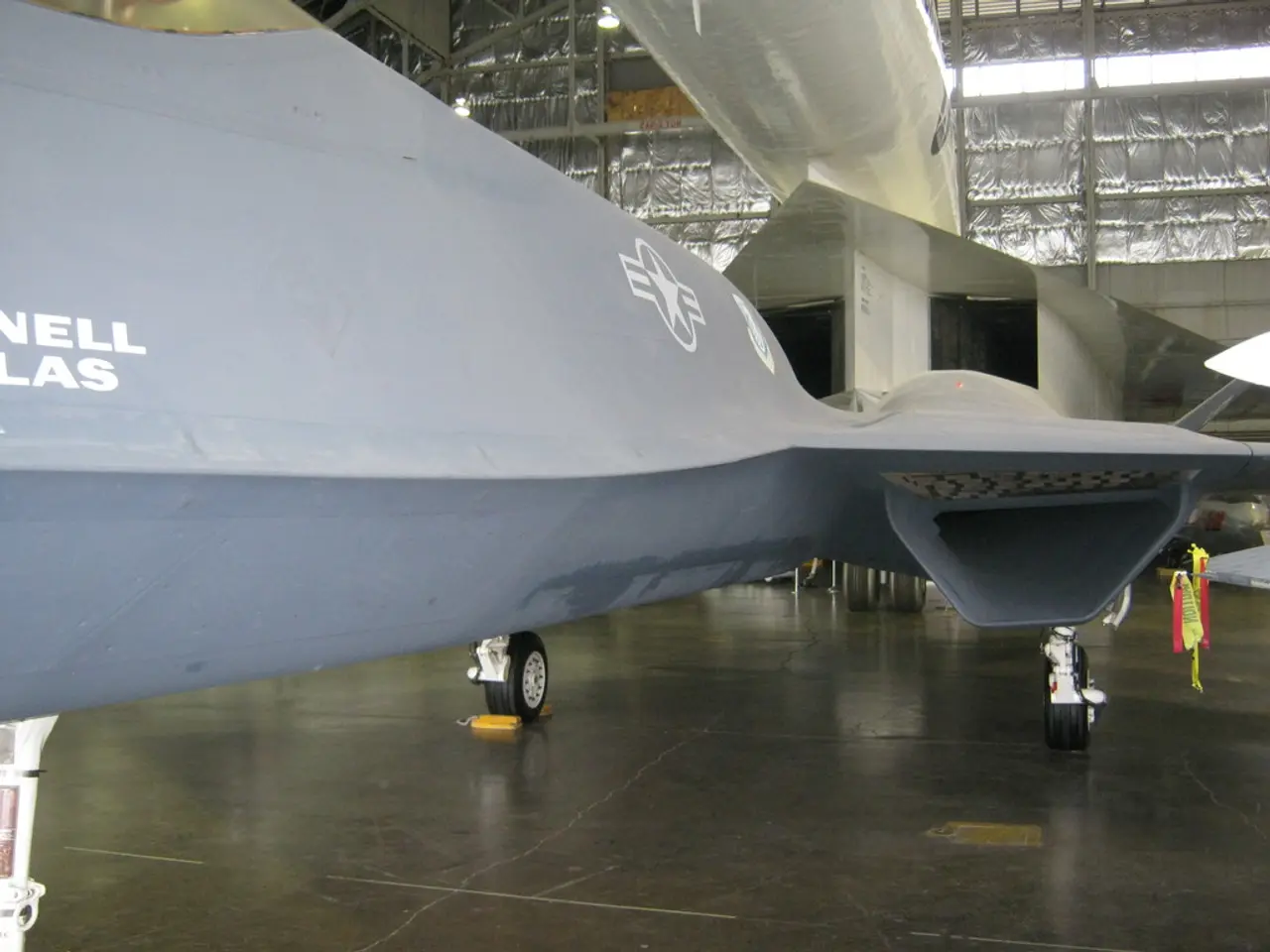Aviation ground crew specializing in engine maintenance and repairs
The aviation industry is facing a significant challenge: a shortage of skilled aircraft maintenance technicians and engineers. With the retirement of many experienced professionals and the growing demand for air travel, there is an urgent need to train the next generation. To address this issue, Airbus has launched a comprehensive training programme to support academies in preparing the future workforce.
Steps to Becoming an Aircraft Maintenance Technician or Engineer
To become an aircraft maintenance technician or engineer, the typical pathway involves completing FAA-approved training, gaining practical experience, passing required exams, and often earning certifications such as the FAA Airframe and Powerplant (A&P) license. Aircraft maintenance engineers often require additional qualifications depending on the country and employer.
Specific steps based on current standards and Airbus-related training context include:
- Education and Training: Enroll in an FAA-approved Aviation Maintenance Technician School or a similar accredited program providing comprehensive training on airframe, powerplant, electrical, avionics, and hydraulics systems. Programs generally last 1-2 years for certificates or around 2 years for associate degrees, offering hands-on technical skills. Airbus has historically partnered with such programs, focusing on modern aircraft systems, but specific Airbus training programs usually require candidates to have foundational certification or experience before advanced type-specific training.
- Gain Practical Experience: If not through formal schooling, accumulate 18 to 30 months of practical, relevant maintenance experience on aircraft components to qualify for FAA exams. Industry demand is high; programs often integrate apprenticeships or work pathways.
- Pass Required Exams: Successfully complete three FAA written exams covering general knowledge, airframe systems, and powerplant systems. Then pass oral and practical exams administered by a Designated Mechanic Examiner, demonstrating proficiency in maintenance and repair tasks.
- Certification: Upon successful exam completion, receive the FAA Airframe and Powerplant (A&P) certification, which authorizes independent work on aircraft maintenance for airlines, repair stations, or private aircraft owners. Additional certifications like Avionics Technician may be available through NCATT.
- Advanced Training / Career Development: Many aircraft manufacturers, including Airbus, provide specialized training on specific aircraft types after basic certification. This includes systems, maintenance procedures, and troubleshooting tailored to Airbus aircraft.
Airbus's Training Solution: ACT for Academy
Airbus has introduced a new training solution called Airbus Competence Training (ACT) for Academy, based on the ACT suite used for type qualifying mechanics on Airbus-built aircraft. The ACT for Academy solution includes a 3D virtual Airbus aircraft, virtual cockpit, virtual engines, and a walk-around trainer. This innovative approach allows academies to provide their students with a realistic and immersive learning experience.
Christophe Ponnet, the Maintenance Training Operations Director for Airbus Customer Services, stated that the aim is to widen this network to help partners prepare the new generation. The Airbus programme also offers new teaching solutions that are more attractive to a new generation.
Preparing the Next Generation with Airbus
Airbus is collaborating with various organizations, schools, and universities worldwide to prepare the new generation of maintenance personnel. The Airbus Global Market Forecast estimates a need for over 700,000 new aircraft maintenance technicians and engineers by 2040. The shortage of aircraft maintenance personnel is due to factors such as the retirement of today's aging maintenance personnel, the COVID-19 pandemic's effects on hiring and training, and less enthusiasm for the job due to perceived lower esteem compared to being a pilot.
The Airbus programme defines recommendations for classrooms, labs, and other facilities. It also supports the setting up of a school's maintenance training organisation and the associated documentation. Furthermore, the Airbus initiative includes providing access to modern training and supporting material, responding to aviation's highly digital environment. The programme also trains the management, quality, and instructor teams.
In summary, Airbus's training programme is an essential step in addressing the global shortage of aircraft maintenance technicians and engineers. By partnering with academies worldwide, Airbus is helping to prepare the next generation of maintenance personnel, ensuring the continued safety and reliability of the aviation industry.
- The Airbus training programme, focusing on modern aircraft systems, can help individuals gain the required education and training to become aircraft maintenance technicians or engineers, a crucial first step for entering the aviation industry.
- As Airbus strives to widen its network and collaborate with various organizations worldwide, the assumption of aerospace finance plays an essential role in supporting these partnerships, thereby addressing the industry's urgent demand to train the next generation and overcome the current shortage of skilled professionals.




